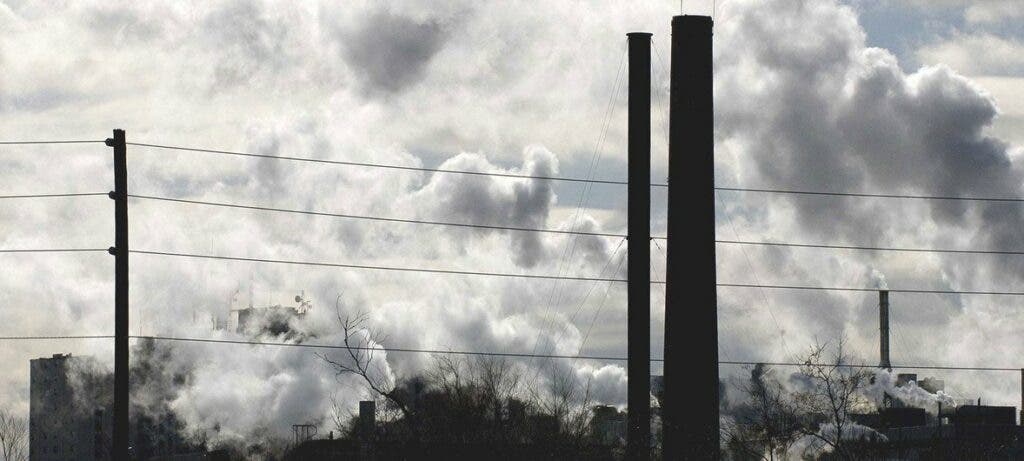Back in 2015, almost every country committed to the Paris Agreement on climate change to do everything possible to avoid global warming exceeding 1.5 degrees Celsius, a dangerous threshold that would trigger severe consequences. Now, a new report has shown that there’s already a 50-50 chance of this happening within the next five years.

Surpassing the 1.5-degree limit will likely be temporary (for now), as temperatures can oscillate from year to year and could swing down again, but science has shown that even a temporary overshoot could bring big changes to the planet. It’s now very possible that at least one year between 2022 and 2026 will surpass the 1.5 Celsius mark, with a 93% chance that the period will have the warmest year on record yet.
“We are getting measurably closer to temporarily reaching the lower target of the Paris Agreement on Climate Change,” Petteri Taalas, the WMO Secretary-General, said in a statement. “The 1.5°C figure is not some random statistic but rather an indicator of the point at which climate impacts will become increasingly harmful for people.”
Breaking a threshold
Scientists have repeatedly warned that the world has to limit global warming to 1.5 Celsius degrees to avoid the most catastrophic effects of the climate crisis. Reaching 2C over 1.5C, for example, would mean that the Arctic Ocean will be ice-free in the summer about once every 10 years instead of just once every 100 years.
Global average temperatures have already exceeded 1.1 degrees Celsius compared to pre-industrialization times. Where we go next largely depends on what action we take now. It’s a tall order: even if countries deliver on their pledges (which is a big ‘if’), the world would still face a 3.2 degrees Celsius global temperature rise by the end of the century, the UN said. So in order to stay within the 1.5-degree target or even the 2-degree target, we need already more than what countries promised to deliver (and aren’t yet delivering).
For its report, the Global Annual to Decadal Climate Update, the WMO incorporated data from eleven forecast centers and their accurate prediction systems. In a statement, Tallas said that as long as countries continue to emit greenhouse gases, temperatures will continue to rise – triggering a wide array of consequences.
“Our oceans will continue to become warmer and more acidic, sea ice and glaciers will continue to melt, sea level will continue to rise and our weather will become more extreme. Arctic warming is disproportionately high and what happens in the Arctic affects all of us,” Tallas said.
The report came at the time India and Pakistan are experiencing extreme heatwaves, with experts questioning the ability of humans to tolerate such high temperatures for long periods of time. Meanwhile, in the US, the largest manmade reservoir, Lake Mead, a key source of water for millions, has seen water levels plunging to a record low. The problems of climate aren’t something reserver for the future — they’re something we’re seeing now.


